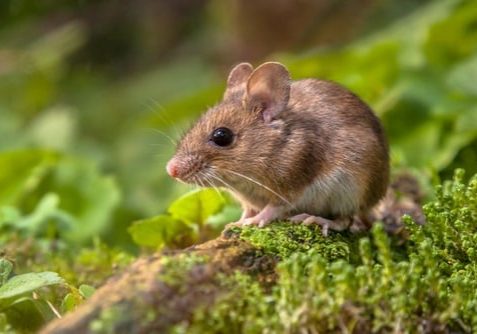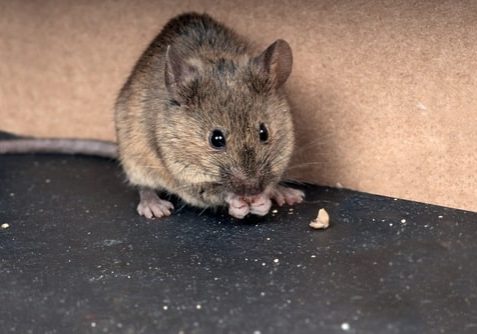With decades of experience serving the Tulsa, Oklahoma City, and Stillwater area, we know this community's struggles regarding rodents. Fortunately, our professional rodent control team is ready to serve you! We inspect your property, inside and out, to discover breaks, cracks, and points of entry for potential unwelcomed residents. Then, we will build a plan catered to you and your property to remove any existing rodents and optimize prevention. Don't wait. Start your rodent control today!
Why Do Rodents Enter Oklahoma Homes or Businesses?
The Oklahoma landscape is home to various animals and critters, but rats and mice are among the most common problem rodents. Their large teeth chew and gnaw regularly and can cause damage to your property or business.
Rodents have an instinctual goal to survive. They need food, water, and shelter. Why might you have a rodent problem? Your home or business provides access to those three basic needs, which are attractive to a field, street, or sewer dweller. A small hole or crack in siding might seem insignificant to you, but those tiny gateways are all rodents need to invade your space.
Contact our seasoned professionals for a free consultation if you find rodents in your home or business. Our techs can handle pests of every size and type, and a structured evaluation followed by a customized elimination plan can assure our clients' satisfaction. Do not let a rodent invasion of any size intimidate you. Let's connect and find a quality solution for your home or business today!
I Have Rodents in My Home or Business. Now What?
Reach out to our seasoned professionals for a free consultation. Our techs can handle pests of every size and type, and a structured evaluation followed by a customized elimination plan can assure our clients' satisfaction. Don't settle for sharing your space with these dangerous pests when you don't have to!
Oklahoma Rodent Identification Guide
Most rodents are identifiable by behavior, specific body features, and coloration. Some rodents bear tails much shorter than their bodies' lengths, while others have tails that far exceed that length. Rats have hairless tails and ears and are larger than most mice. A key indicator of rodents is a pair of sharp, long, rootless incisors (front teeth). These teeth grow their entire lives, so they must nibble and constantly chew to keep them at a manageable size.

Field Mouse
Five to seven inches long, these larger mice are dual-colored. They are primarily found in their namesake, fields and meadows, but can easily work their way into your yard or garden. Strong climbers, field mice are often seen climbing trees and telephone poles. They are shy and will likely avoid you when encountered. If you have field mice in your yard or home, you may discover hordes of food near their nest or a protected location.
Anatomical identifiers: brown, orange, or gray top coat with white belly and feet, hairless tail, short muzzle, small ears

House Mouse
Smaller mice at approximately three to five inches long, house mice are single-colored. Cities, parks, homes, and businesses create a modern habitat where these opportunistic eaters find trash and leftovers to eat. Little legs jump onto steps, into trash cans, and around your home!
Anatomical identifiers: brown coat with dark feet, hair uniform color on tail, short muzzle, larger ears

Norway Rats (Brown Rat, Street Rat)
One of the most abundant mammals, Norway rats are found worldwide. Mature, they are seven to nine and a half inches long. Signs of gnawing and bite marks can tip off an infestation. Also, note that their droppings are oval and have blunt ends, compared to the roof rat with pointed ends.
Anatomical identifiers: brown with scattered black hairs, gray to white underside, long and heavily bodied, short muzzle, small ears

Roof Rat
These rats are named after their preference to travel in higher areas like treetops, power cables, and, obviously, roofs. With a tail about the same length as their body, they can reach 16" tail to nose. Roof rats are notorious for chewing through exterior structures to gain access inside your home or business. Once inside, they tend to find their way to the pantry, hunting for food. If they gnaw into cans, boxes, or bags, they can contaminate the food and spread disease.
Anatomical identifiers: brown with a black coat, light-colored feet, long scaly tail, large ears and eyes, medium muzzle


